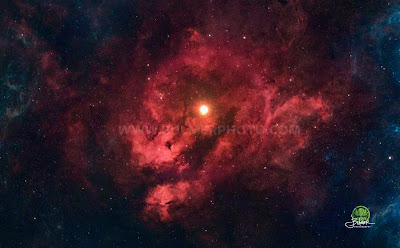Why the Night Still Matters: Introducing Restoration Obscura’s Field Guide to the Night
By John Bulmer, Restortion Obscura
Most of us don’t experience real night anymore.
That’s where this all began, not with a dramatic realization, but a quiet one. The kind that settles in slowly, sometime around 4 a.m., when the sky above is hazy with glow and the Milky Way is nowhere to be found.
After seven months of writing in the early hours before sunrise, I completed a book that explores that quiet shift and what it means. Restoration Obscura’s Field Guide to the Night is now available, and it’s the first publication from Restoration Obscura Press, created to support future work exploring lost histories, vanishing landscapes, and the ways we remember.
This project grew from years of photographing the night sky and watching it change. Even within the last 20 years, the stars have faded dramatically. Today, more than 80 percent of Americans live under light-polluted skies. A child born in a major city may never see the Milky Way.
We’ve lost more than just a view. We’ve lost part of our cultural and ecological compass.
Field Guide to the Night traces how darkness has shaped us,from ancient rituals to Cold War infrastructure. It’s both a personal record and a historical investigation, divided into four thematic sections:
-
Darkness and Defense explores wartime blackouts, surveillance towers, and our attempts to control night.
-
Sky and Spectacle looks at how celestial events like auroras, comets, and eclipses have shaped human belief across cultures, including Indigenous cosmologies and sky traditions.
-
Silence and Survival follows the people who move through night to work, to migrate, or to stay safe—night laborers, fire lookouts, bootleggers, and more.
-
Light, Lost and Found examines how artificial illumination affects our sleep, mental health, ecosystems, and the fading night sky itself.
This book is part of a broader effort to understand and protect the night. It’s a companion to my ongoing work on Restoration Obscura, a Sunstack and podcast that explore hidden histories, overlooked places, and the quiet truths shaped by darkness.
Every time there’s an eclipse, a comet, or a burst of aurora, people flood social media with awe. We still look up. The sky still connects us. The question is whether we’ll keep that connection alive.
You can learn more about Restoration Obscura’s Field Guide to the Night at fieldguidetothenight.com or read the original post on the Restoration Obscura site. The book is available in paperback and Kindle editions on Amazon.
Thank you for reading—and for helping keep the night alive.
We were never meant to live without night. We were meant to remember it.
Book Details
Publisher: Restoration Obscura Press
Publication Date: June 1, 2025
Language: English
Print Length: 368 pages
ISBN: 979-8218702731
Availability: Amazon Prime eligible | Available worldwide on Amazon
Price: Paperback: $14.99 | Kindle: $9.99
© 2025 John Bulmer Media & Restoration Obscura. All rights reserved.
Content is for educational purposes only.









.jpg)














.jpg)









.jpg)

